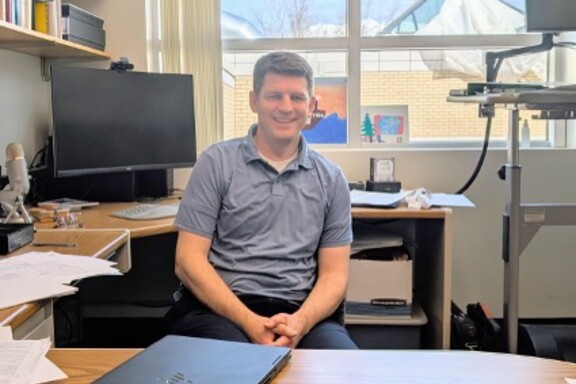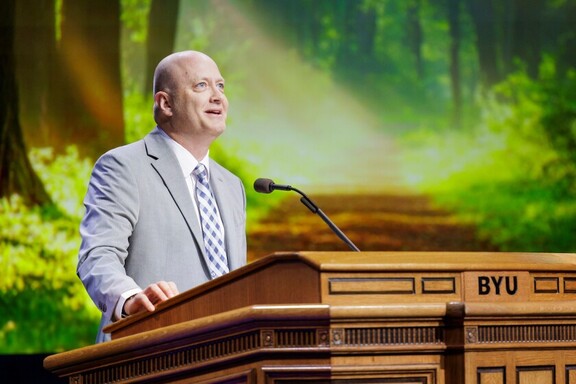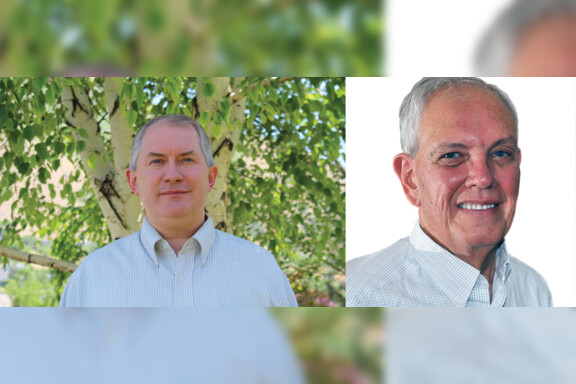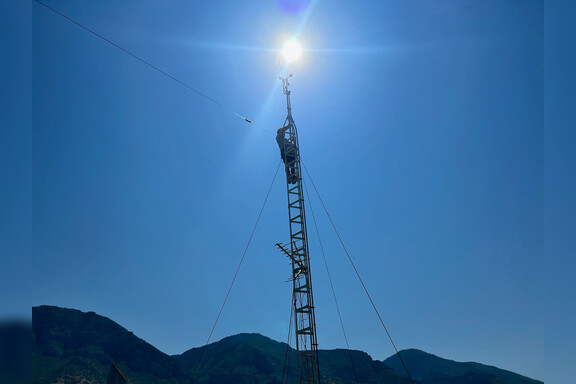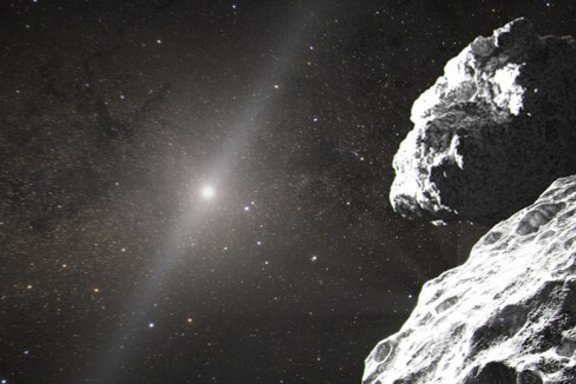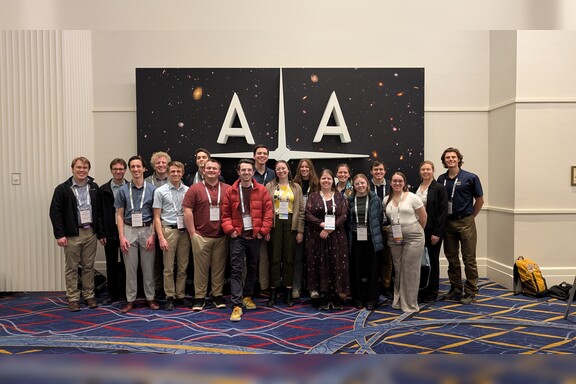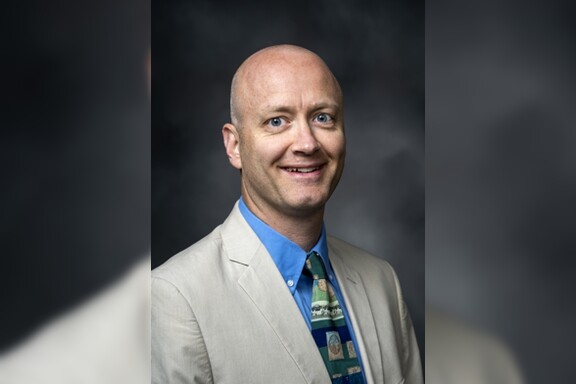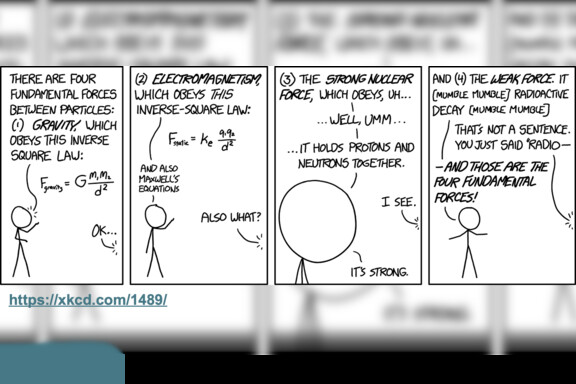- An undergraduate course measured and mapped the acoustics at LaVell Edwards Stadium
- The project informed where to place the new stadium speakers
- Crowd noise reached rock concert levels on critical 3rd downs and after BYU touchdowns
Football fans attending BYU home games the last two seasons may have noticed a few students roving through the crowd, giving their full attention to hand-held scientific instruments instead of the game.
They were physics students, and they were doing homework that fans heading to Saturday’s game against Texas will want to read.
“It was awesome to be able to move around the stadium with a sound level meter, and to see and hear the game and the PA system from so many vantage points,” said Alan Wall. “I was really able to get a sense of the sound environment.”
Two years ago when a new sound system was in the works at LaVell Edwards Stadium, Professor Kent Gee seized the opportunity for his students to put theories of sound propagation into practice. Wall was a grad student who helped Gee organize this unique class project.
One of their research goals was to map how far and how loudly sound from the speakers radiated outside of the stadium. Their work showed that keeping the speakers at the north end zone was ideal because more of the sound radiates across campus and less into residential neighborhoods.
Though the project was designed to measure sound from the speakers, they do have some observations from the crowd noise. On critical 3rd down plays with BYU’s defense on the field, sound levels would reach about 120 decibels. That’s as loud as rock concerts and sandblasters. The crowd noise that follows BYU touchdowns is as loud or louder but remains slightly below the threshold for physical pain caused by sound.
“We are trying to carefully tailor this class to give both the physics and mathematical knowledge and the ability to apply it,” Gee said. “It’s a real eye-opener for students to see that this stuff is really useful. Then they can put on their resume for internships and jobs that they have directly made measurements with professional equipment. To say ‘I’ve done this’ is kind of a game-changer in an interview.”
The course opened doors professionally for several students that participated. Wall now works full-time with the Air Force Research Laboratory measuring jet engine noise. Undergraduate student Jazmin Myres landed a coveted summer internship with Boeing.
Fellow undergrad Zac Jensen scored an internship with Starkey Hearing Technologies – a company that makes hearing aids. Somewhere Harvey Fletcher is smiling – Fletcher graduated in BYU’s class of 1907 and later invented the hearing aid.
The Acoustical Society of America invited Gee and fellow physics faculty member Traci Neilsen to speak at a national conference and share details about how the class worked. You can read their report here.
This year the Acoustics 461 course has switched to Winter semester as they move on to other projects, so you won’t see any roving sound meters at the game against Texas this weekend. But if the team succeeds Saturday, it wouldn’t hurt to have a pair of earplugs handy.
More Information on This Article
News and Events
